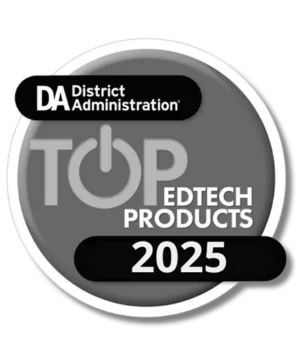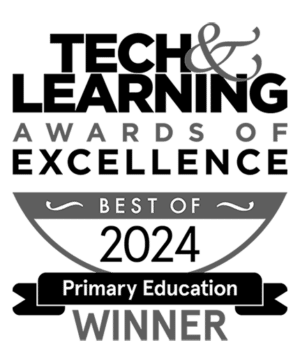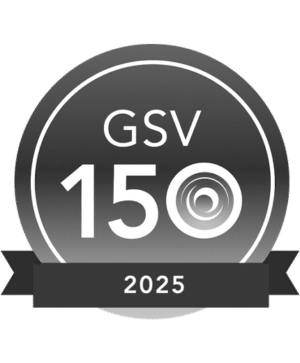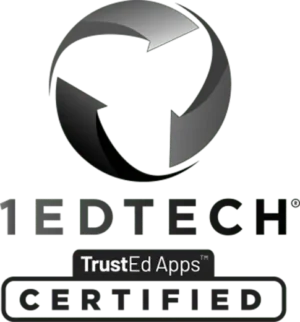
What’s the best way to seek feedback? Ask for it! Fiona Hurtado, teaching and learning coach in South Africa, shares the benefits of simply asking teachers for their honest feedback and how she’s used these suggestions and insights to shape her coaching strategies moving forward.
The hardest question coaches answer to themselves and to others is: “How do you know your work has an impact?”
Like many coaches, I transitioned from a teacher to this role and had lots of tricks up my sleeve for measuring my impact. As teachers, we’re clear about learning targets, how to negotiate the pathway to achievement with students, our role in the process (often as authorities on certain subjects), and our skill-sets or concepts. We then collect data on our daily impact in the form of student achievement, exit slips, conferring notes, and observations. Along the way, we’re constantly asking ourselves, “Is my instruction making an impact?” and “What’s next?” As teachers, we’re ultimately in a constant formative loop between student and teacher, but as a coach, the game changes.
Coaching is often invitational. This means teachers call the shots on if, when, where, and what they work on with you, as well as for how long. Coaching can also be many things: cycles, seeking expertise, or even a partnership to solve a problem. With many possible variations, a year or so into coaching I realized I was clutching at straws to evidence my impact.
The hunt for coaching feedback
When I transitioned into a coaching role, I relied on call-backs, took anecdotal checks when closing conversations (“In what ways have you found this helpful?”), and used referrals or third-party feedback (“Sarah said she loved working with you last week”) as proof that I was doing ok, but it wasn’t enough and it began to feel demoralizing.
I knew I had to find a way to know more and began to ask myself questions like: “Was my focus on relationships and trust making teachers feel supported?” and “Was I asking questions to facilitate thinking and partnering through coaching, rather than playing the expert?” I needed to know how I was having an impact, so I could plan what next. My realization was that I needed to seek feedback from the teachers I work with, directly.
My solution: a feedback form
As I considered how to seek the feedback I desired, I realized the format had to be simple and broad—allowing teachers to respond in ways that were relevant to them. The result was a form that gave teachers a choice of three access points: questions directly addressing my coaching, questions directly addressing the impact on the teachers’ learning, and questions that were open-ended. They were free to answer any or all of the questions, in long-answer form, anonymously.
After sending out the first round of forms a week before reports cards, I realized that offering multiple access points was a good move; many people filled in each section, giving me more data to consider! The results of the survey were mostly reaffirming. Teachers felt I was “there” for them, they trusted me, and even valued our work together. Also, to my surprise, coaching moves were noticed and seen as supportive of learning!
It was also pleasing to see some critical truths among the responses: I ask too many questions (“…Limit them as they are good”) and need to follow-up with teachers—especially if they forget to reach out. This was the feedback I’d been needing on two counts: first, it was direct and actionable, and second, it was like I was being given permission to push-in more. The fear of “pushing” my teachers was something I had been reluctant to do in the past out of concern for deteriorating relationships. Here, I had data to prove that pushing-in would actually be supportive. I now knew where I was, and what was next for me to improve.
What did I learn?
If we ask teachers directly to describe how coaching is supporting their growth, we can gather concrete data about our impact, and glean tips on how we might enhance our practice.
No matter how you seek the feedback, you should:
- Set the climate for honest, meaningful, and constructive feedback by cultivating coaching relationships that reflect these qualities.
- Make time for feedback. Requesting feedback on-the-spot increases the chances of well-intended, personal feedback.
- Choose your questions wisely so that teachers understand what you want feedback on. Make sure your questions point to what have you been working on in your coaching efforts.
- Show teachers their feedback means something by finding ways to share the impact of the feedback in your coaching as soon as possible.
Final Note
As a result of the feedback I’ve collected, this year, I’ve been able to push my coaching efforts to a whole new level. I ask fewer questions because I know that teachers understand my purpose, and value my expertise as a partner. I touch base with teachers when things go quiet, and they receive me with gratitude (and often a meeting request). Coaching feels more efficient and we focus less on us, and more on kids than ever before. So in this year’s form, I’ll keep the same flexible format and the same base questions, and add questions to gauge how the work we do together is impacting student learning.
I don’t feel like I was doing the wrong thing before: it was the right thing at that point. But I did need to know what next? And getting feedback from teachers was integral in finding the answer.
About our Guest Blogger
Fiona Hurtado has been in education for 15 years, teaching on five continents in high schools and middle schools and coaching for the last three in South Africa. As a member of her school’s Teaching and Learning Team, she works across two campuses, grades Pre K–12, supporting teachers as they strive towards their professional goals and improving student learning.
Fiona is passionate about formative assessment and learning through concepts, and leveraging these to connect teachers and enhance the coaching process. In her spare time, Fiona can be found adventuring overseas with her husband and two kids.
Be sure to check out her blog and follow Fiona on Twitter @Fi_Hurtado!
Stay Connected
News, articles, and tips for meeting your district’s goals—delivered to your inbox.












